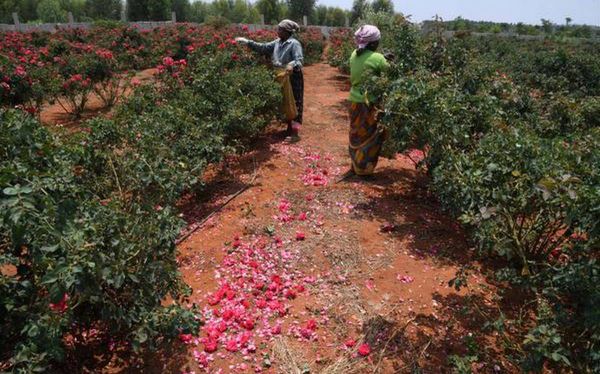
Floriculture
In Somaliland agriculture contributes 15% of GDP and is currently the second most important economic activity in the country, coming after livestock, with up to 20-25% of the population depending on it for their livelihoods. Though an underdeveloped sector, it has a considerable potential, especially for both cereal and horticultural production, and for the creation of employment opportunities, mainly in the rural areas.
As stated above, the majority of Somalilanders (about 85%) are agro-pastoralists who practice rain-fed farming. Agro-pastoralists typically raise small herds of livestock out of which they sell milk, ghee and live animals. This way, they are able to generate most of the cash they need for purchasing other essential goods such as sugar, vegetables, cooking oil, clothes, and medicines. Some cash is also earned from the sale of surplus grains, especially in good harvest years.
The agricultural system in Somaliland is predominantly subsistence in nature. The principal crops are sorghum and maize grown mostly for household consumption. Fruit and horticultural farming, which is relatively small, is mainly commercial.
Farmers mostly grow tomatoes, lettuce, onions, peppers, cabbages, oranges, lemons, and papaya. Rain-fed farming accounts for 90% of the total area cultivated, while the area under irrigation constitutes only 10%, supporting about 4,000 farm families. The sector is dominated by smallholder farmers who own farms ranging from 2 to 30 hectares in area. The average farm size is approximately 4 hectares. During the dry season, irrigated farms make good profits as the supply in the vegetable and fruit markets is low in this period. The shortfalls are usually filled by imports from neighbouring countries such as Ethiopia and Somalia. In recent years, cultivation of watermelon has emerged as an important source of income for the farmers. Presently, watermelon is the only fruit crop that is exported successfully to Djibouti.
